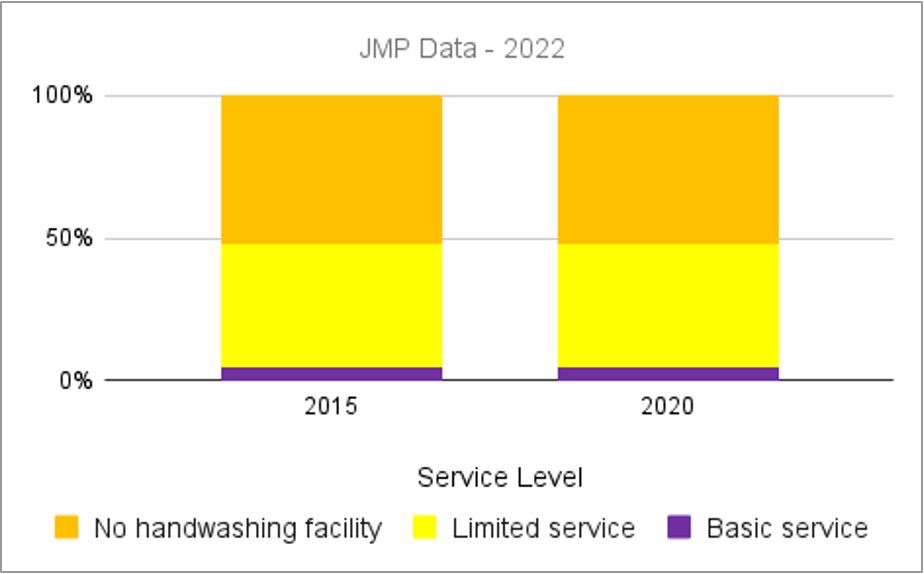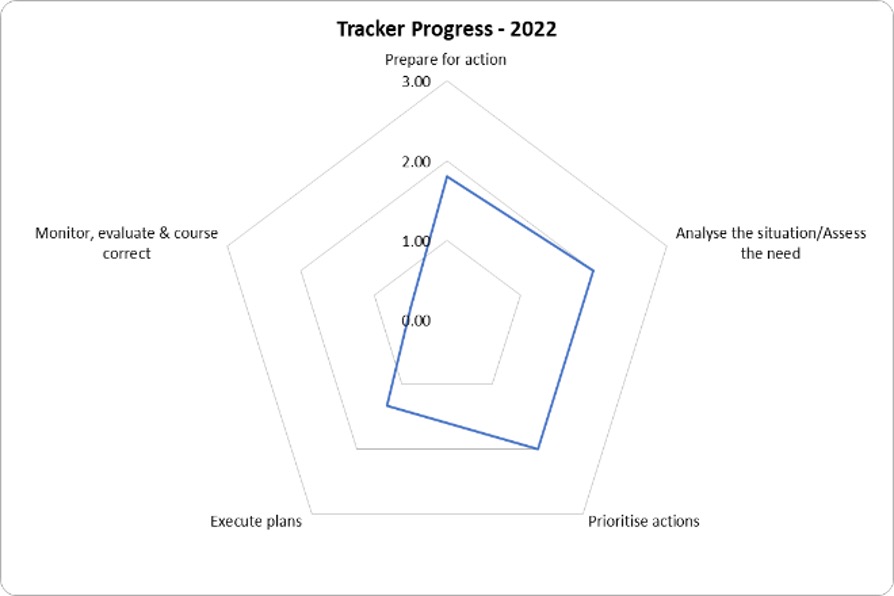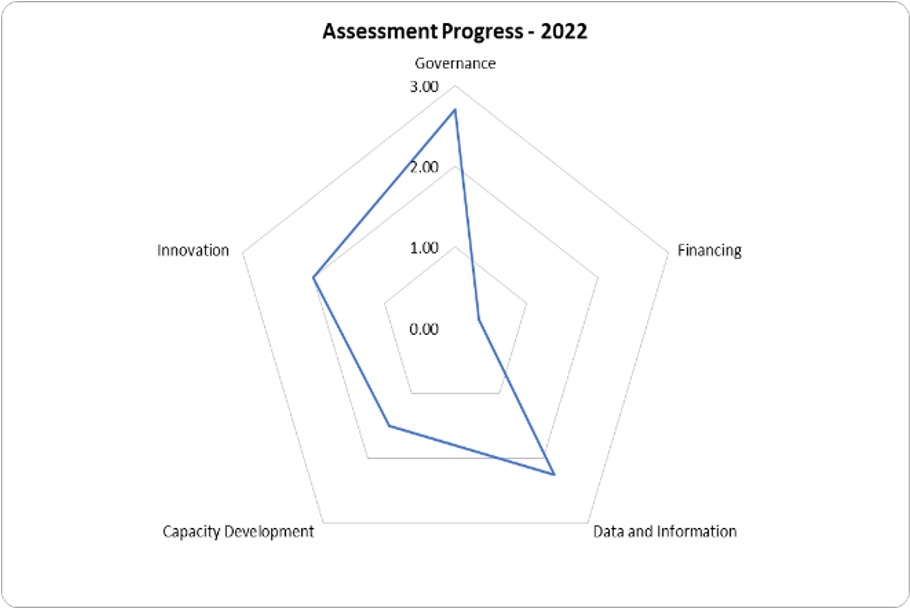Lesotho
Recent progress in the hand hygiene sector has not yet translated to measured improvements in access to basic hand hygiene facilities. The 2020 5.5% coverage is up only 0.14% from 2015 and is the lowest of any countries surveyed. However, the country brought considerable focus to hand hygiene during the pandemic, with recent progress in a national strategy, settings, coordination, and private sector engagement, as is evidenced by Eswatini’s scores of 1.53 and 1.76 on the HHAFT Tracker and Assessment’s 4-point scale, respectively. With remaining gaps in monitoring and evaluation, capacity development, and financing, Lesotho may dramatically increase coverage in the coming years.

Tracker

| Milestone | 2023 |
|---|---|
| Prepare for Action | 1.80 |
| Analyse the Situation / Assess the Need | 2.00 |
| Prioritise Actions | 2.00 |
| Execute Plans | 1.33 |
| Monitor, Evaluate and Course Correct | 0.50 |
| Average | 1.53 |
In 2022, the Ministry of Health’s Environmental Health Division developed a National Hand Hygiene Strategy, currently under review by the minister. The Strategy provides a framework for Lesotho’s HH sector, including prioritizing settings, utilizing an existing coordination mechanism, creating monitoring systems, developing an action plan, and engaging the private sector. However, while the M&E system has been developed, it’s yet to be deployed in an actionable manner.
Assessment

| Parameter | 2023 |
|---|---|
| Governance | 2.70 |
| Financing | 0.33 |
| Data and Information | 2.25 |
| Capacity Development | 1.50 |
| Innovation | 2.00 |
| Average | 1.76 |
Lesotho is poised for rapid progress in expanding access to hand hygiene after having made strong advancements across the parameters. Currently, implementation is slowed due to the long process of formally approving official documents. The main gap in the sector is in securing financing and expanding capacity building tools to include all target groups. With official approval of the national strategy and increasing financing, Lesotho should experience rapid growth in basic service.
